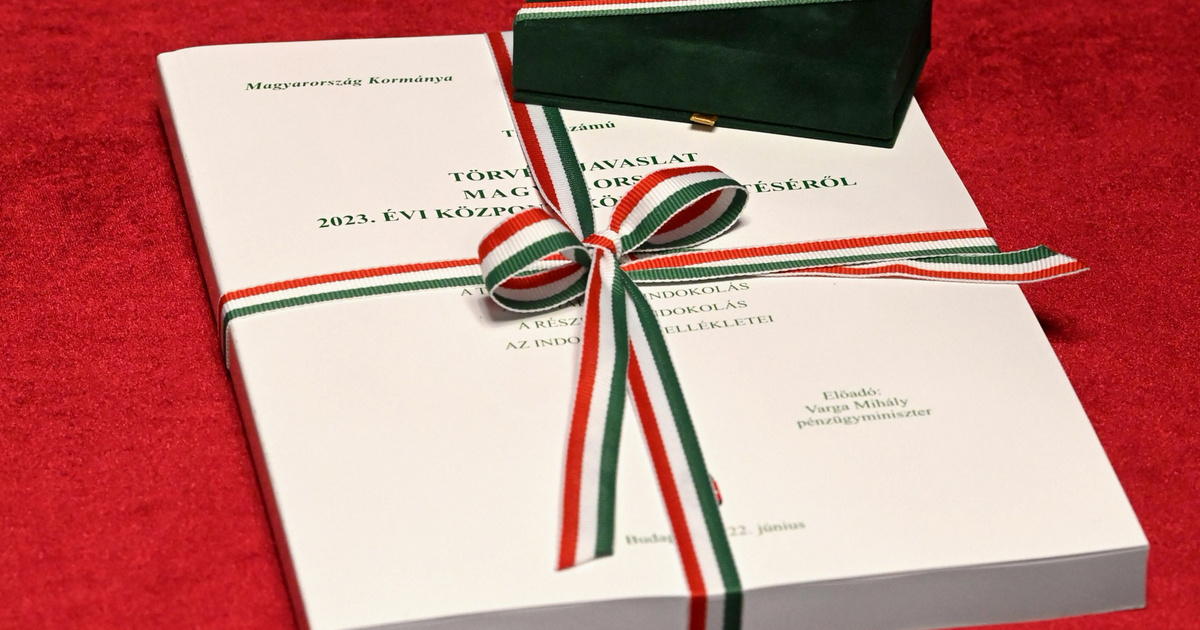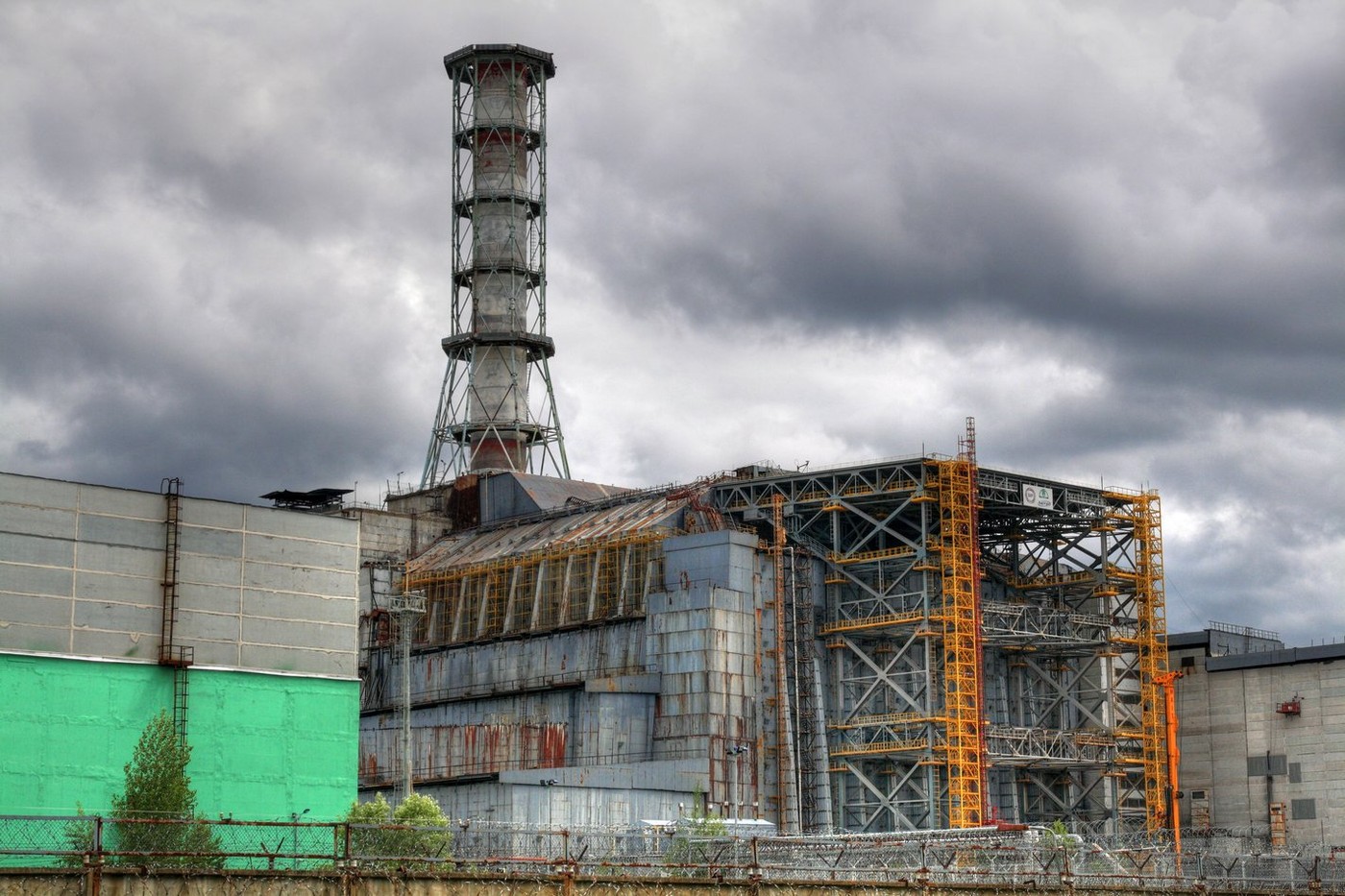A new study reveals that nematodes living in the Chernobyl exclusion zone had no reaction to the level of background radiation surrounding the stricken power plant. After analyzing the genomes of microscopic worms, scientists discovered that the organisms' DNA remained completely unchanged despite their exposure to levels of ionizing radiation that we humans consider harmful.
“The 1986 disaster at the Chernobyl nuclear power plant turned the surrounding area into the most radioactive landscape known on the planet.”
– Writing by the authors of the study. Nearly 40 years later, a 30-kilometre area around the site remains deserted due to high levels of residual radiation, although it is not yet clear how much this will impact local wildlife.
“Has sudden environmental change led to the selection of species, or even individuals within a species, that are naturally more resistant to ionizing radiation?”
– Sophia Tinturi, author of the study, asks in a statement. For the purposes of the study, he and his colleagues collected 15 nematodes from different regions of the Central European Economic Area and compared their genomes with the genomes of five other worms of the same species from different parts of the world.

After 37 years, the brutal secret of Chernobyl was revealed in the program? Netflix has given space to the theory
Read more…
Read more…
Because ionizing radiation can cause double-strand breaks in DNA, the researchers suspected that the Chernobyl worms showed “inherited chromosomal rearrangements” that were passed down through generations of radiation-exposed nematodes. However, to their surprise, the CEZ samples showed no chromosomal abnormalities compared to worms from Germany, the United States, Australia, Mauritius and the Philippines.
Further analysis showed that the Chernobyl nematodes showed no more recent mutations than their international counterparts, all of which indicates that their DNA was not damaged by Chernobyl radiation.
“This doesn't mean Chernobyl is safe – it just means that nematodes are really resilient animals and can withstand extreme conditions. We also don't know how long each of the worms we collected have been in the area, so we can't be certain, what the exact level is.” “Radiation exposure has affected individual worms and their ancestors in the past four decades.”
says Tintori.
Because the researchers wondered whether the nematodes from Chernobyl might simply have a special mechanism for repairing damaged DNA, they next exposed the animals to three different mutating chemicals and observed how these mutations were passed on to subsequent generations. Overall, they found that different nematode strains showed varying degrees of tolerance to these mutagens, but their responses could not be predicted based on their exposure to radiation.

Something unprecedented happens at the exploded Chernobyl nuclear power plant
Read more…
Read more…
In other words, the Chernobyl worms did not systematically protect their DNA more than nematodes from elsewhere, suggesting that radiation levels within Chernobyl did not select for strains with greater genetic resistance. Instead, it appears that the nematodes are simply unfazed by ionizing radiation.
While these findings are great news for the microscopic worm, they also have implications for humans. For example, it could help scientists understand why some people are more susceptible to DNA damage than others, which could lead to new insights into the development of cancer and other diseases.
“Now that we know that [fonálféreg] “Which strains are more sensitive or tolerant to DNA damage, we can use these strains to study why different individuals are more susceptible to the effects of carcinogens than others.”
says Tintori.












































